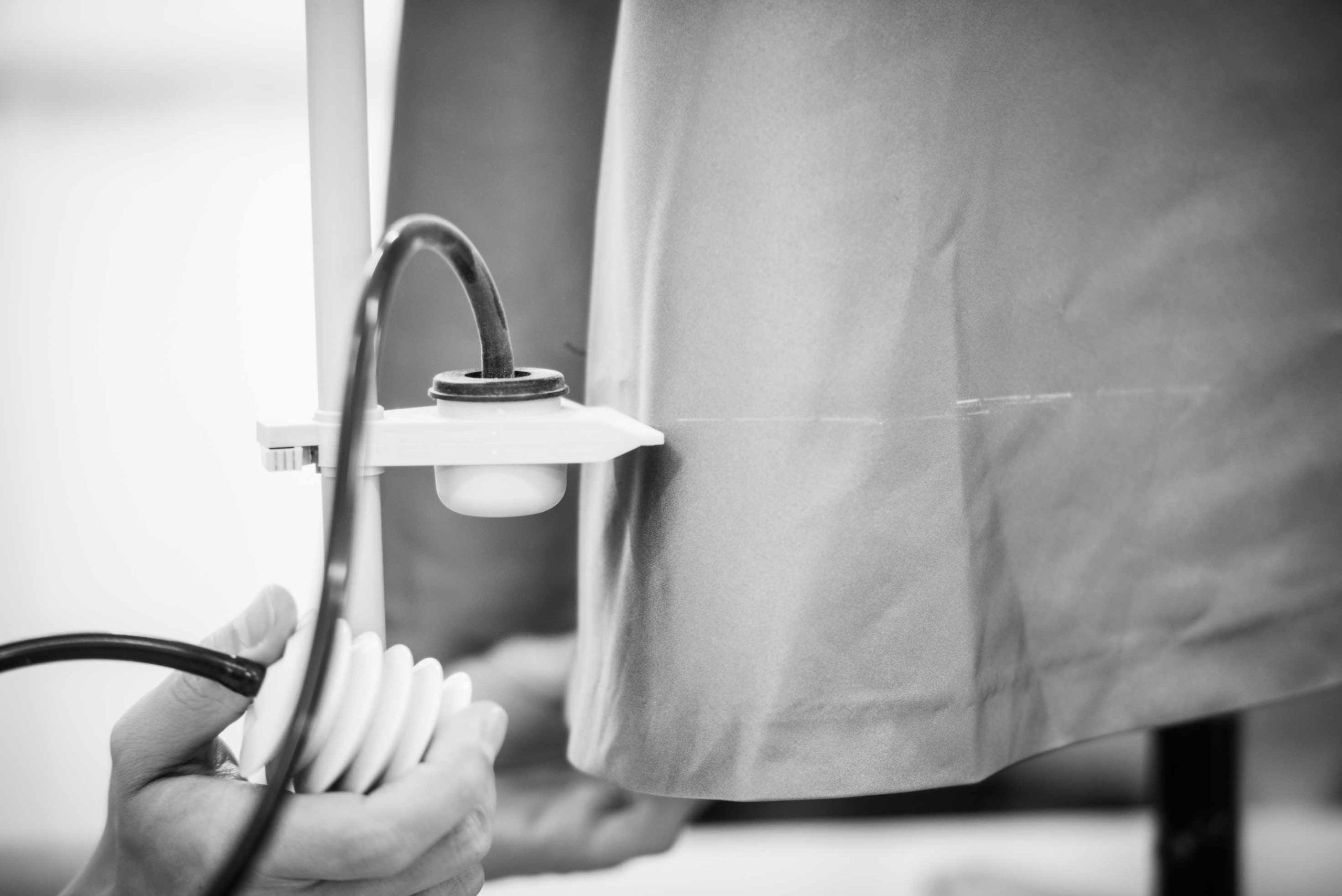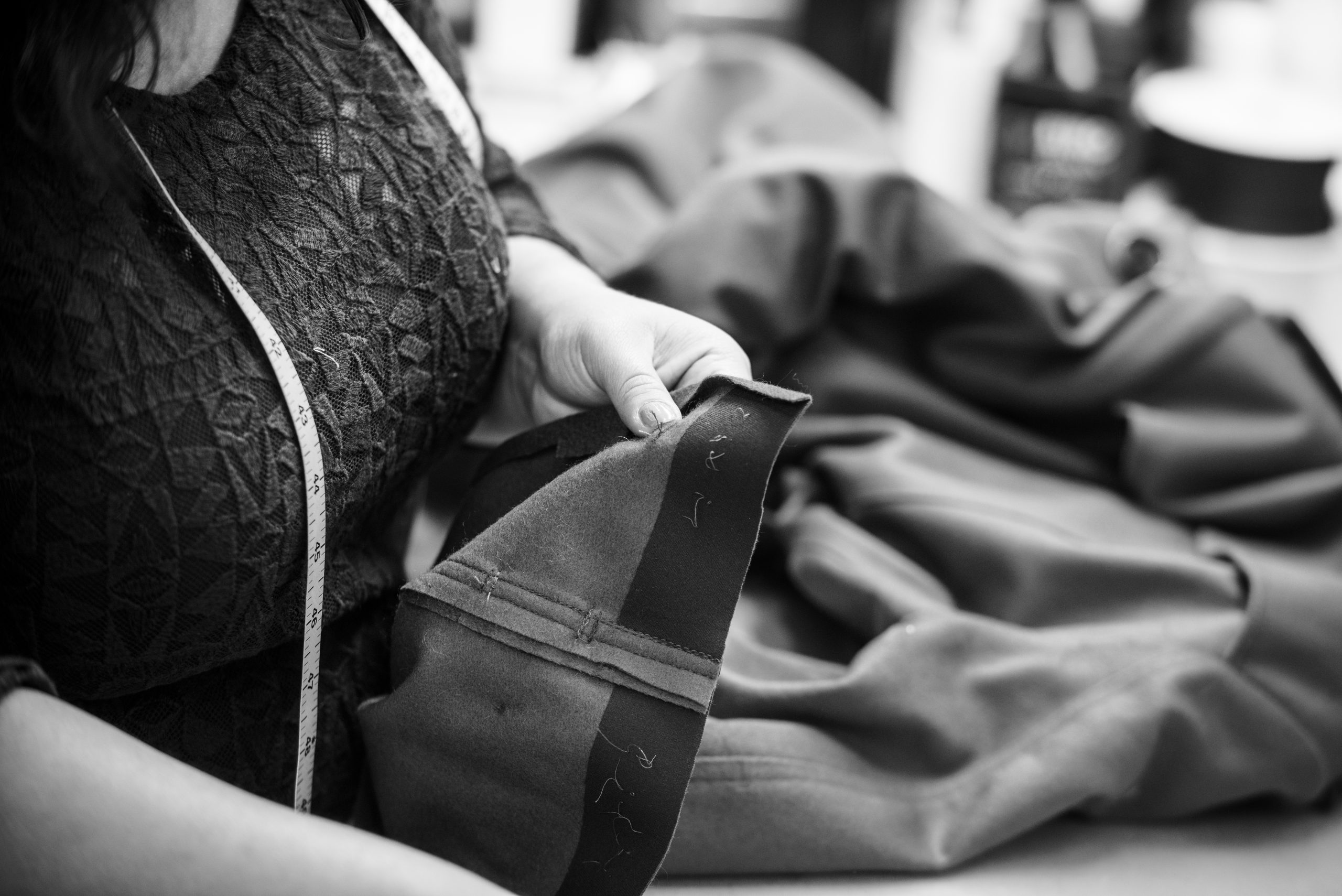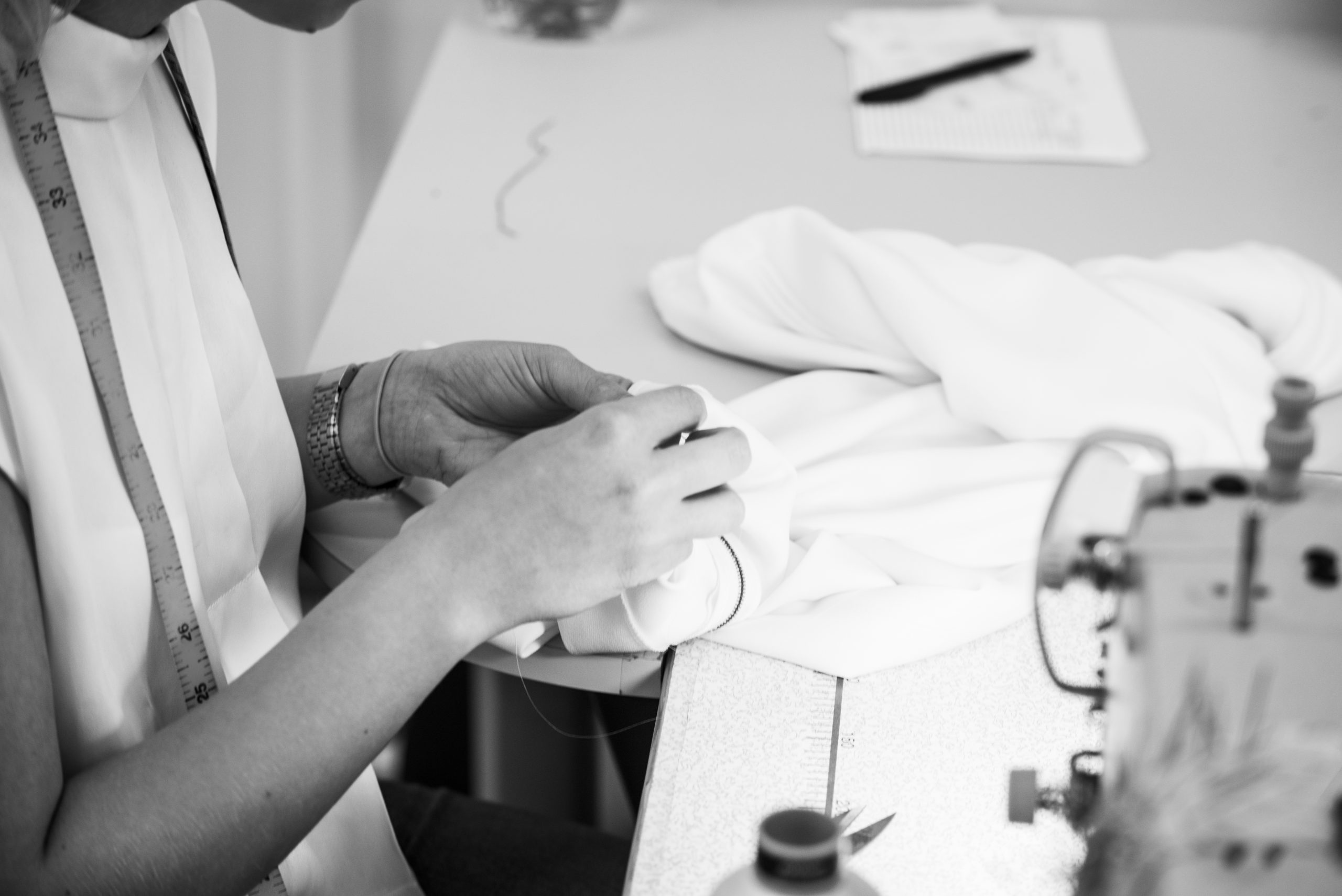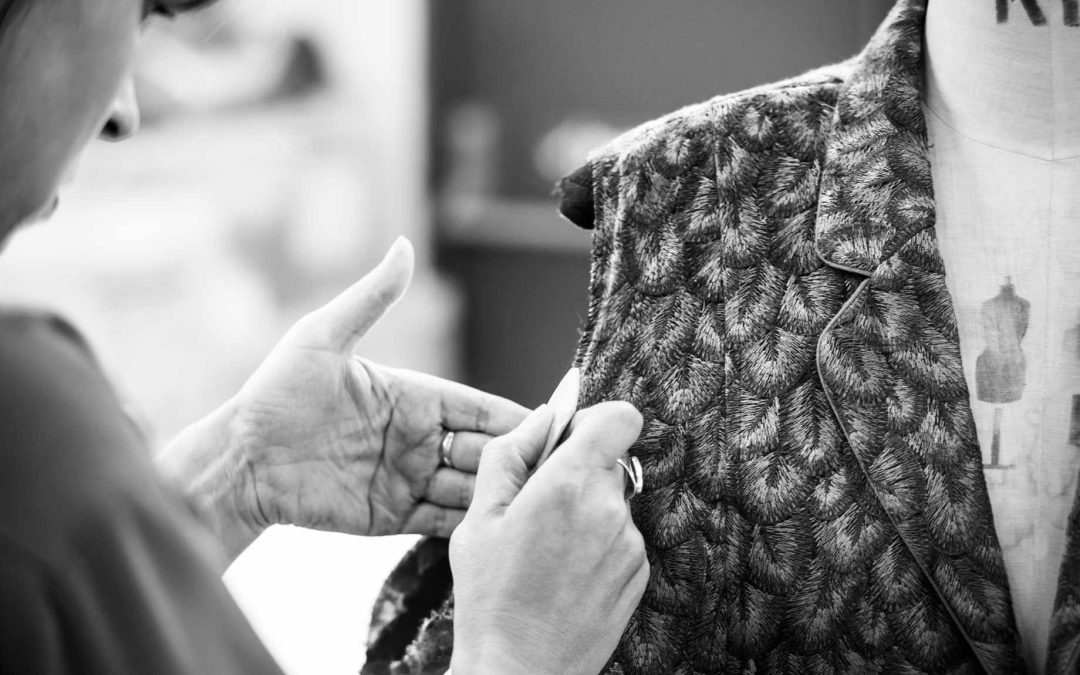Alteration costs
In this blog, we explain clothes alterations and why they can be more challenging than tailoring an outfit from scratch. We include some insight, care, and shopping tips in this article, as well as how to double-check the fit of your clothes and, finally, how to choose a tailor and seamstress for the best outcome and alteration costs.
Founded in 1993, Design & Alter has been London’s leading alteration services for many years. The company alters clothes for a wide range of clients, including private customers passionate about their clothes and brides for whom the alterations of their wedding dress are their first encounter with a seamstress. D&A also has an extensive commercial customer base, including luxury fashion brands such as Gucci and The Row.
We want to look our best, and appearance has become inseparable from identity, so well-fitted clothes are essential to leave an impression, not only at work.
Tailoring and alterations
Making new clothes starts with a design and an approved pattern, cut into fabric, assembled, and sewn into a garment, a straightforward process. Most clothes are produced in bulk at low costs. The pattern used offers leeway to fit many people, some better than others. Altering clothes instead involves customising and applying one person’s body measurements to create the best look and silhouette for an individual.



Fast Fashion and alterations
Unfortunately, most fast and cheap garments from the peg are poorly made and unsuitable for alterations. Altering a garment that costs £70 can easily double in alteration costs. Because many people place a small value on clothes and sewn goods, alterations can seem expensive in relation to the costs of an item. Clothes come and go, and Fashion is an industry that globally creates one of the highest carbon footprints and waste. We can make a difference. Not falling for every fashion trend, being conscious about shopping, and investing in better quality clothes that last longer and can be altered and repaired are the first steps to more sustainability and reducing waste.
The process of altering clothes
The fitter looks at your clothes when you wear them. We review the garment’s construction to advise you on how to create the best fit. In agreement with the client, the fitter will pinn the garment to prepare it for the alterations. Some alteration services offer quick fixes. They sew a second seam on top of the first, which is fast and cheap but causes bulky finishes. Quality alterations start with unpicking seams, applying the client’s body measurements, and reassembling the pieces. Quality control includes putting the item on a mannequin that has been padded up to the client’s measurements. Perfect alterations are unnoticeable and seamless when you look at the item from the outside and inside. In short, alterations take time, craftsmanship, technical tailoring knowledge, and knowledge of fabrics to the same extent as tailoring clothes.
Remember, regardless of what you originally paid for the garment, you are paying for the tailor’s and seamstress’s overheads, time and expertise, materials, and fittings. Unfortunately, the trend of low-cost clothing has created a perception that alterations costs are out of line because their charges don’t match the low value placed on the clothes. However, it is not the alterations that are expensive; it is what we have come to expect regarding all aspects of our clothing to be much cheaper and match what we paid for them new.
To enquire alteration costs for your favourite items, please email reception@designandalter.com
Read more about our team here.
Why you should your clothes altered – the Undo – the approach to style, read more about benefits of clothes alterations here
Why Choose Design & Alter?
With over 30 years of experience, we specialise in high-quality alterations and bespoke tailoring for men and women. Trusted by private clients, stylists, and luxury brands like Louis Vuitton and Gucci, we ensure a perfect fit every time.

